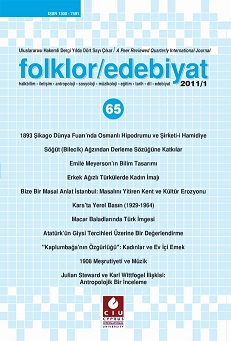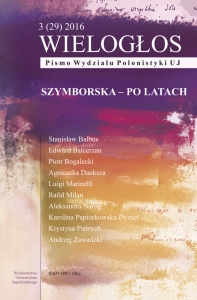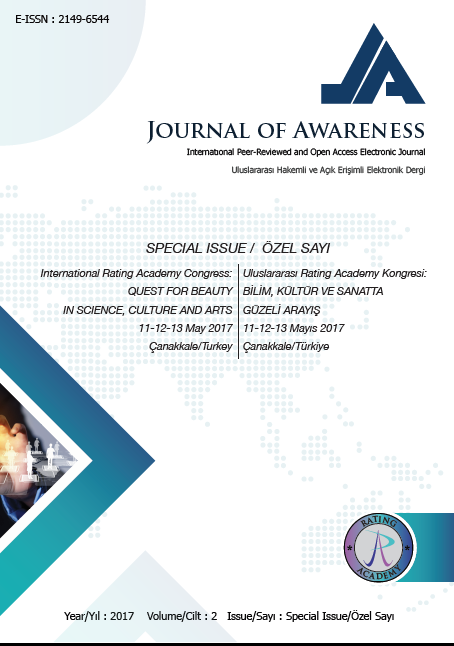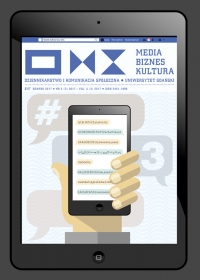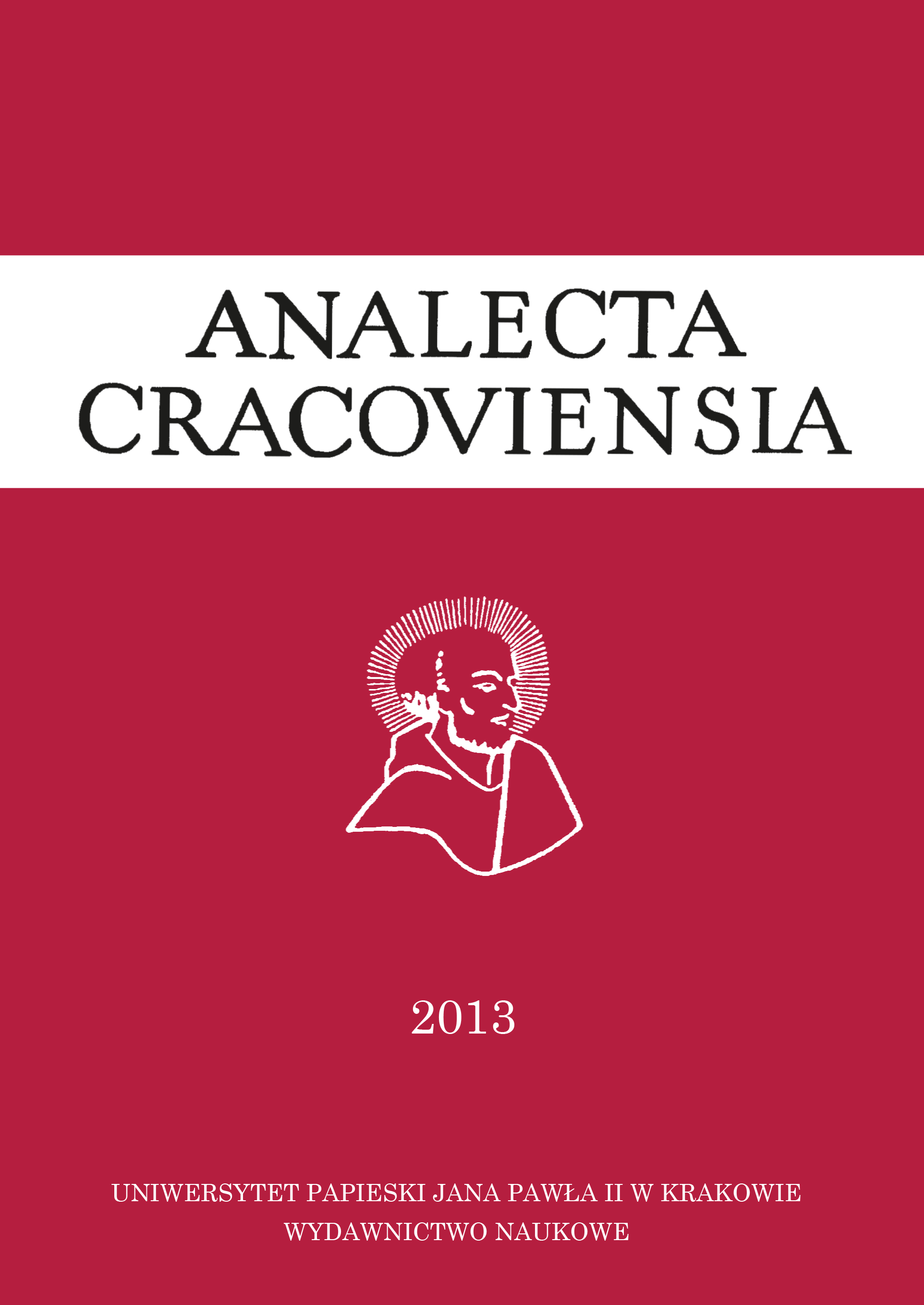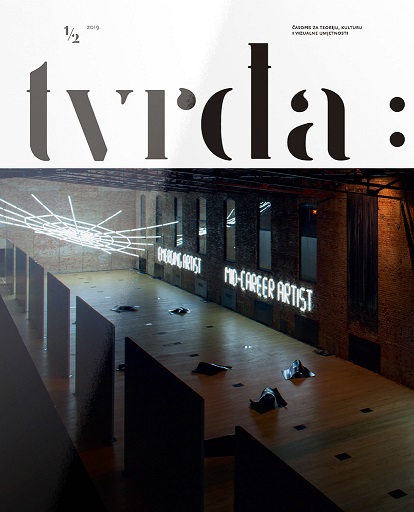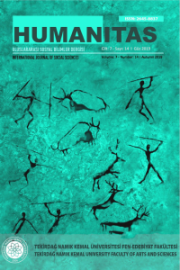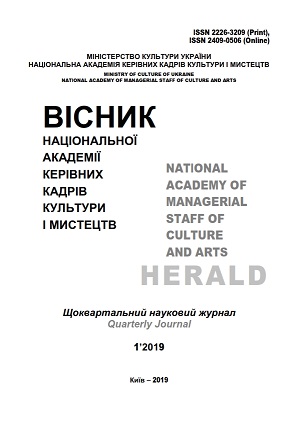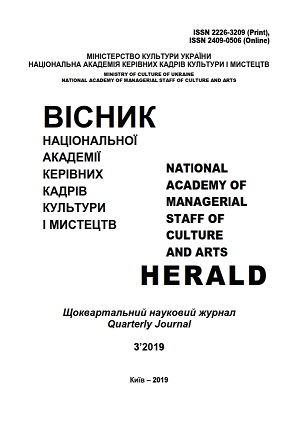Author(s): Victoriia Mykolayivna Pishchanska / Language(s): Ukrainian
Issue: 35/2015
The peculiarities of Ukrainian baroque literature of XVII – XVIII centuries are studied; the role of the Cossacks in the cultural processes that occurred in Ukraine under the influence of common European Baroque trends and phenomenon of Ukrainian Cossack sis analyzed; the influence of aesthetic ideas on the formation of Cossack literature is researched; Cossack Baroque monuments of literature are under stylish analysis due to them it`s possible to confirm its authenticity and originality. The author states that in the Ukrainian literature in the second half of XVII – XVIII centuries the individual traits of Ukrainian baroque, such as mobility and dynamism distinctly exude and become generalized characteristics of aesthetics Ukrainian Baroque art. Theological and religious orientation of old Ukrainian literature gradually loses its priority and slowly gets rid of absolute influence of religious and theological orientation, conceding to active displays of forming of new expressions of religious and aesthetic characteristics and eventually picking up noticeably secular content, synthesizing in itself religion and aesthetics in deep ethno-cultural basis.The author acknowledges that the uniqueness of Ukrainian Cossacks literature consists in the simultaneous superposition of cultural, historical, stylistic and ethnic traditions on the artistic and aesthetic tendencies of the Baroque style, which stipulated for religious and aesthetic syncretism in literary imagery of Cossack time in Ukraine. According to the author, Cossack`s times chronicles appears as a system of shaping of Ukrainian spiritual culture of XVII – XVIII centuries, and chronicles written by Cossacks or about them in terms of cultural studies represent a way of Cossack spirit in Ukraine of baroque era, which emerges as a cultural and historical integrity. It includes world-view structures, legal state foundation principles, religious beliefs, ethical principles, Baroque style of thinking, syncretism of spiritual creativity, aesthetic preferences and also the distinctive old Ukrainian language. The author believes that in the Cossack chronicles we dealing with discourse, which form as a way of literary expression of chronological narrative history of Ukrainian Cossacks is a kind of original baroque poetics. The author supposes that the system of artistic means of combination of poetics with rhetoric and homiletics aims is not just information transfer but influence over the emotions and feelings of the reader, over his religious and aesthetic consciousness. "Barokovist`" of Cossack chronicles the author defines not only in their syncretistic form and literary style, but above all, in the author's philosophical attitude to the events of contemporary life and the realities of cultural and historical era, with some elements of aesthetic, rhetorical and preaching fervor. While analyzing oratorical-preaching prose, which received significant rise since the second half of XVII – XVIII centuries, the author states that sermon permeated by baroque poetics was being written and proclaimed by following strict rhetorical and homiletycal rules using expressive language and emotionally intense dynamic development of the plot. Author, relying on the opinion of the researchers, confirms the important place of baroque sermon in the history of Ukrainian literature, but states the fact of insufficient study in the scientific literature aesthetic and educational ideas of prominent Ukrainian religious and literary figures of XVII – XVIII centuries, that went down in history of church culture and mainly remaining until now out of scientists` sight. Concerning to the poetic art, which was the high development in Cossack`s period, the author believes that a significant religious and aesthetic diffusivity, which occurs due to interpenetration of secular elements in spiritual poetry, and mainly, through extensive borrowing by the authors of poetic works both secular and spiritual content and imagery and forms of folk poetry, contributed to the rise of baroque poetry, that is diverse in stylistic, genres and themes. The author acknowledges that Ukrainian Baroque distinguishes by comprehensive aspiration for reflecting in the art of multifaceted Ukrainian cultural soul and by attempts to reveal religious spirituality by aesthetic means. The author concludes that from the middle of XVII century we have the opportunity to talk about the authentic, unique and original art of Ukrainian Baroque, including literary, where spiritual syncretism by its foundation was state-consciousness based on cultural and historical memory and national and religious interests, and whence the unity of religious and aesthetic principles in spiritual culture of Ukrainian Cossacks appeared. Thus in the literary art of Ukrainian Cossacks typologically baroque primarily is syncretism of aesthetics and religion, based on the genre and thematic and imaginative ground of Ukrainian ethnic culture.
More...
